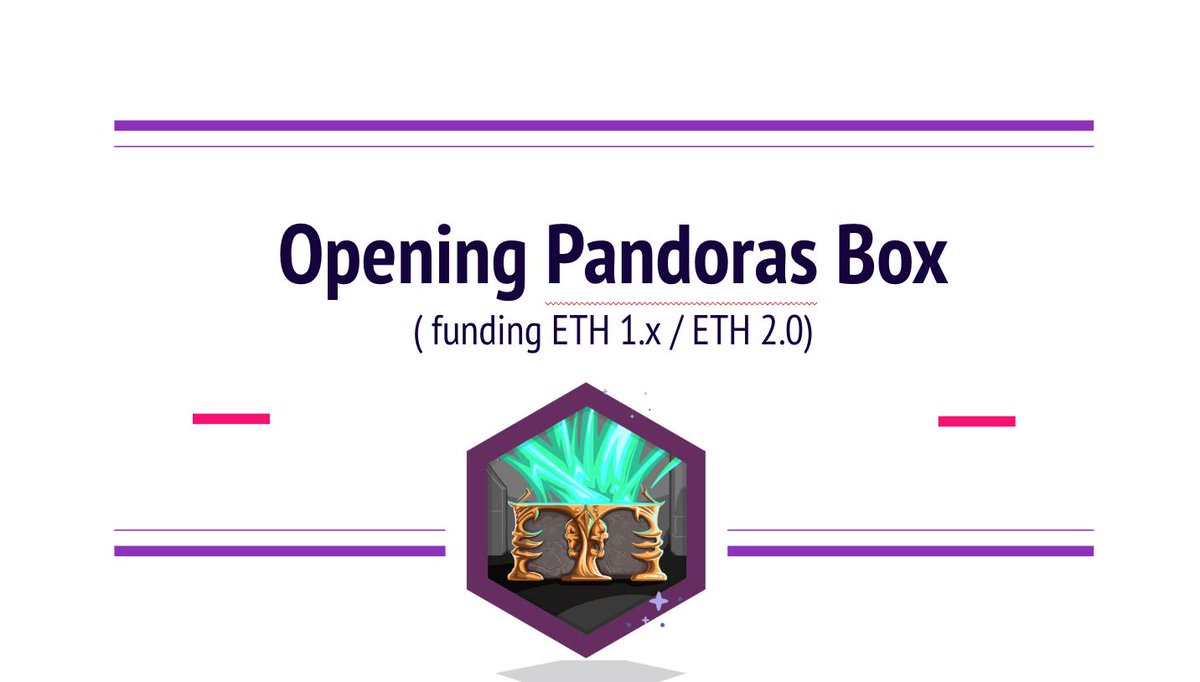🔵Resources + Audiences 🔵
▶️Issue to solve
▶️Leads to Goals
▶️Realized by Activities
▶️Results in Outcomes
IF these people attend my program, THEN XYZ should happen...
IF these people participate in the training and transcribe these documents, THEN this change should happen.
Can't make those connections? You've got a gap to address.














